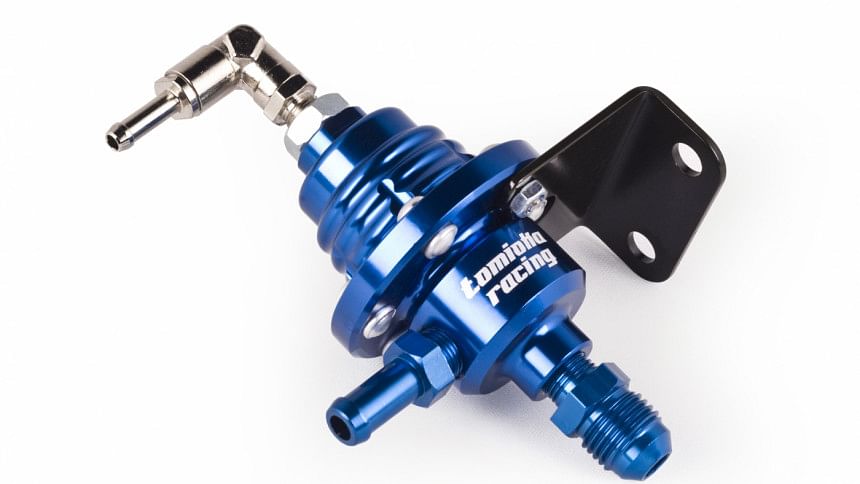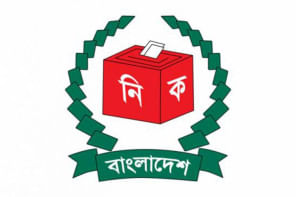Myth- Adding an aftermarket fuel pressure regulator will improve performance

What it is (geek talk) - All fuel injected vehicles are equipped with fuel pumps that run more fuel than is required in the fuel rail that feeds the injectors. As a result, most vehicles have OEM fuel pressure regulators to keep the required constant pressure in the fuel rail. But with performance modification in mind, fuel ratio can be tinkered with. This would mean installing an upgraded fuel system consisting of higher pressure fuel pump, thicker (and stronger) fuel lines, better fuel filter, fuel pressure regulator, high flow fuel rail and larger capacity injectors. With an ECU re map to adjust the new fuel ratio and some tweaking in the air flow will certainly work magic into your vehicle specially if it is worked out internally or has high boost forced induction.
What you think it does - Now, aftermarket fuel pressure regulators (FPR) are one of the most popular items people buy when starting to modify their cars. The noob belief amongst amateur tuners is increasing the fuel pressure up a few psi from the regulator will mean the injectors are getting moaar fuel which will increase the horsepower. Wrong. Truth be told, aftermarket FPRs are not necessary and the factory OEM FPR will do the job just fine. Even installing a Walbro 255L/H fuel pump and/ or larger injectors does not require you to switch to an aftermarket FPR as the factory one will cope happily. It is because your injectors will juice in only the required (mapped) fuel into the motor and return the rest out to the fuel tank. But the thing looks cool. And in Bangladeshi modification terms, anything that looks cool needs to be in the bay. Even though it does nothing for the vast majority. Worse still, many invest in cheap non-branded aftermarket FPRs with terrible build quality. These have inconsistent fuel pressure which cause expensive engine damage.
Then when is an aftermarket FPR a Win? Sometimes OEM FPRs give up and sourcing a replacement unit is wearisome. Get an aftermarket one. If you are one of the experimental tuners and decide to fit an aftermarket fuel rail kit, then usually there will be no provision for the stock FPR. In this case you may have no choice but to use an aftermarket unit. Furthermore, pro tuners are keen on boring their blocks to higher capacity or opt for turbo upgrades, which in turn require increasing the air fuel ratio appropriately to ensure the engine is not running lean. In such circumstances, a full-on fuel system upgrade is obligatory, where the factory FPR may be too restrictive. In such case a higher flowing aftermarket FPR is the solution. It is always wise to play safe with fuel when it comes to engines, so investing in quality name branded FPRs might burn your wallet slightly, but will save you tons from unwanted failures in the long run.
Where to find and how much for the damage? Finding an OEM fuel pressure regulator replacement of a recent motor might not be as challenging as our Dholaikhal has plenty in stock. But when it comes to aftermarket ones, it is worse than a scavenger's nightmare. Individual importers might take the trouble in sourcing you decent ones, but if you are willing to source it yourself, eBay is a great platform. Non-branded generic or fake knock off no-no ones are priced from measly US$ 20 to US$ 60, whereas branded genuine ones are priced from US$ 100 upwards to US$ 250. Popular makes in the USDM scene are Aeromotive, Turbosmart and AEM, while the Japanese tuners opt for Tomei, Sard or HKS. Personally I have used Malaysian made Zerone FPR for US$ 120 since the last 4.5 years without any trouble.

 For all latest news, follow The Daily Star's Google News channel.
For all latest news, follow The Daily Star's Google News channel. 



Comments